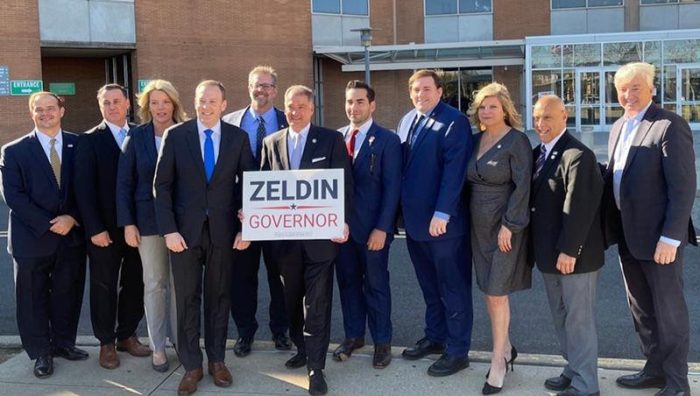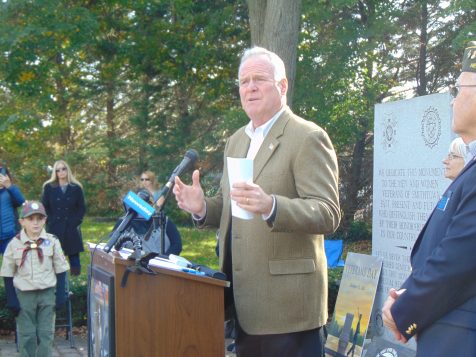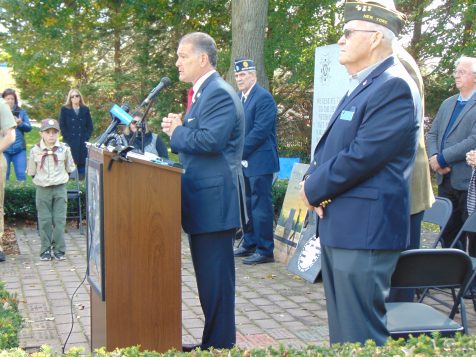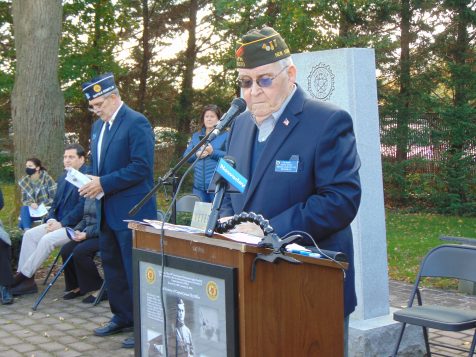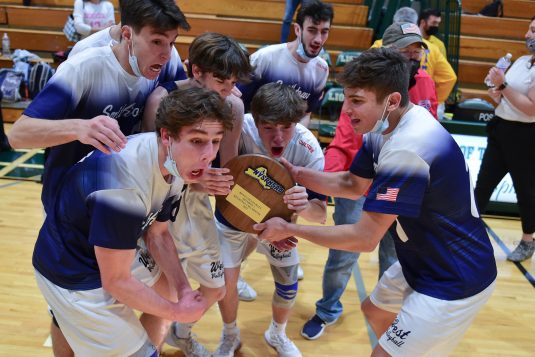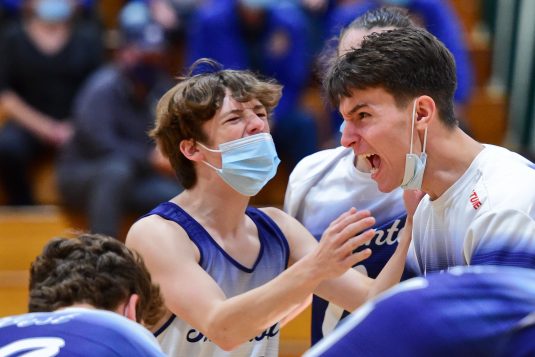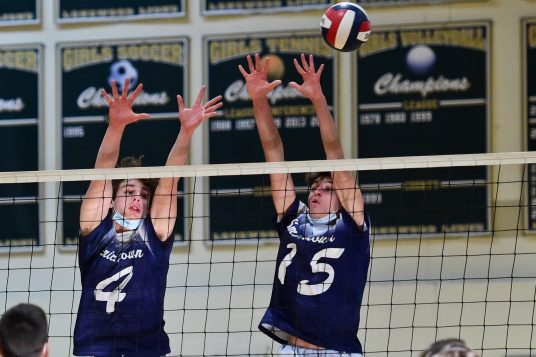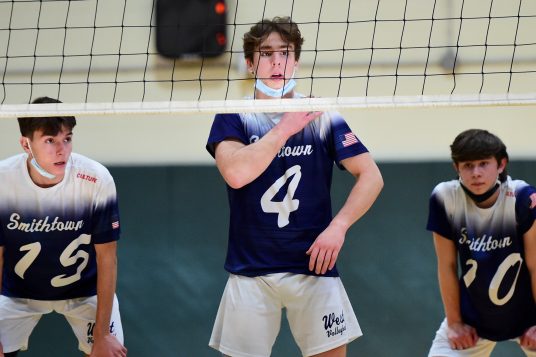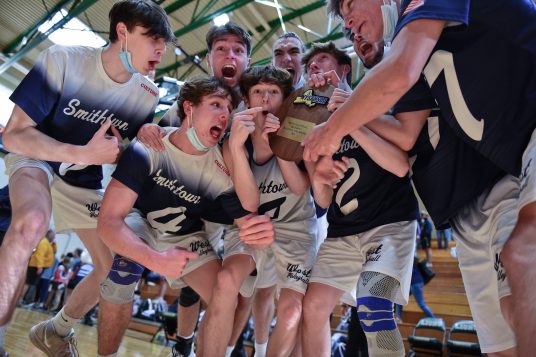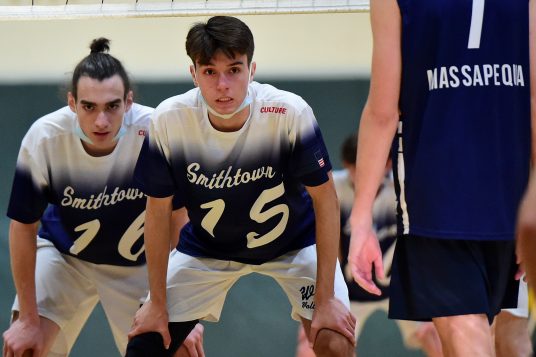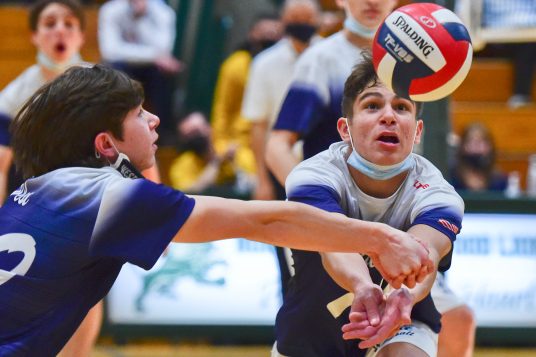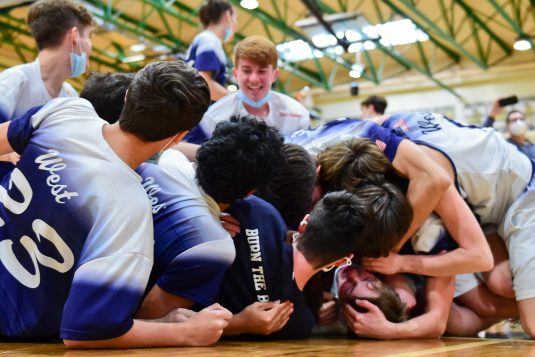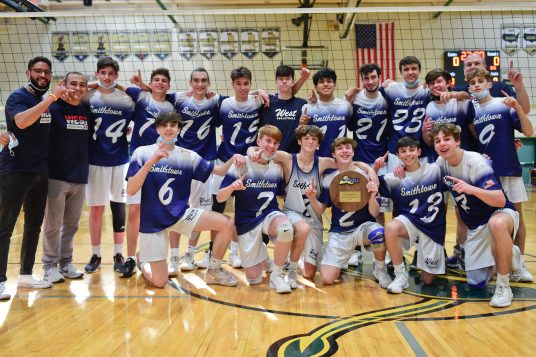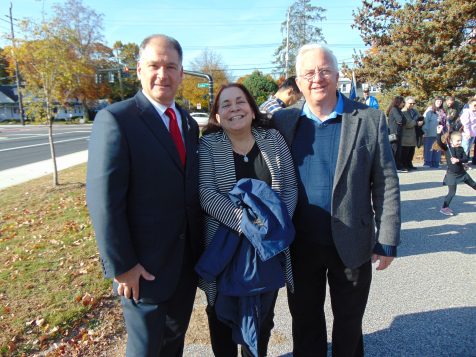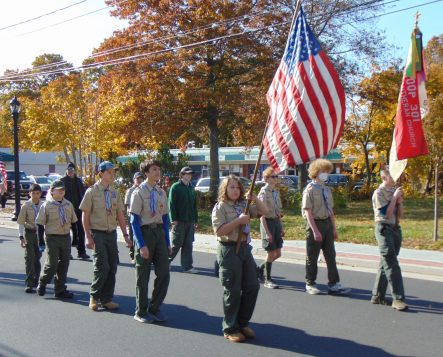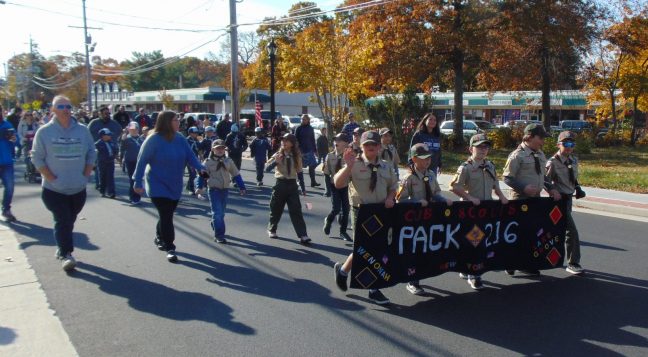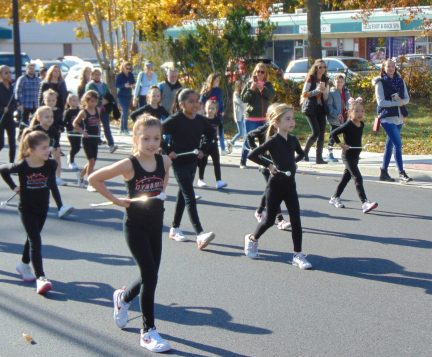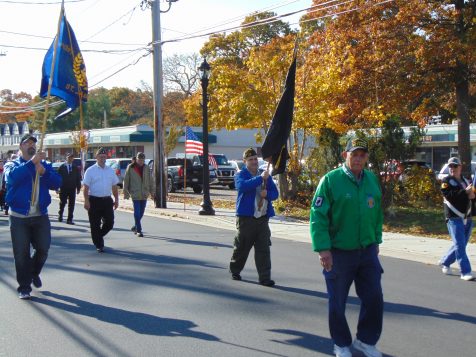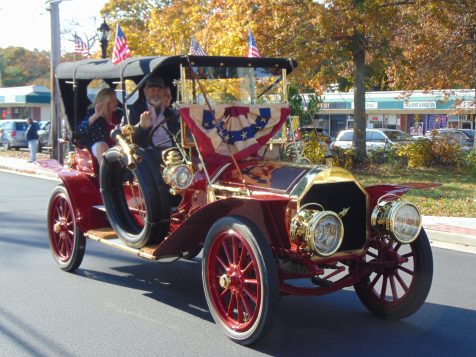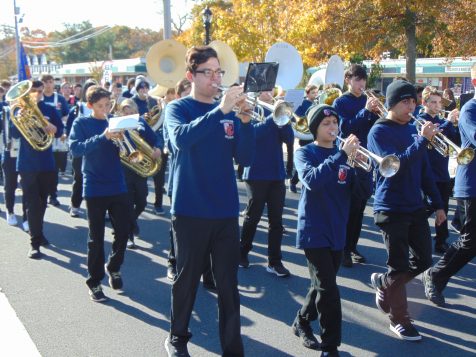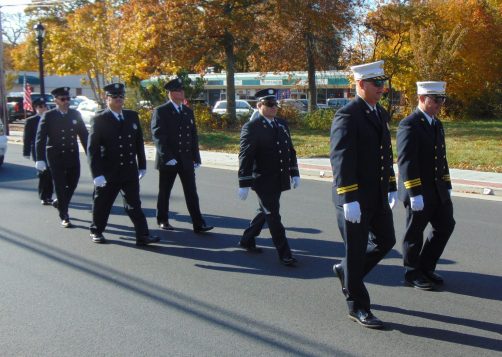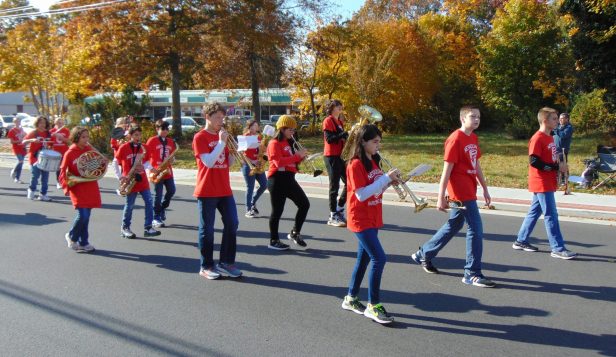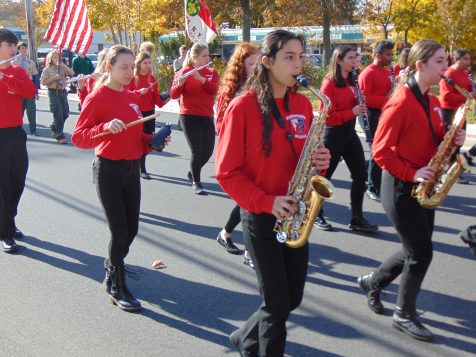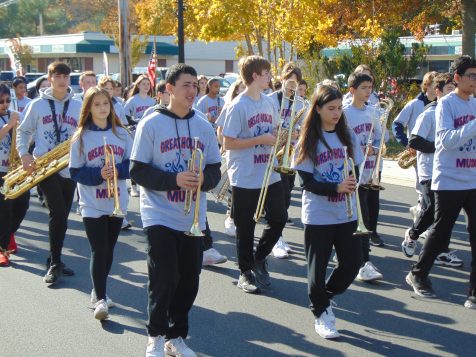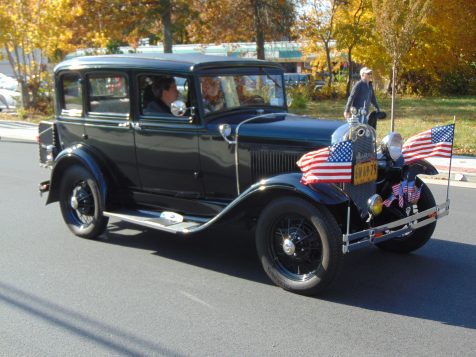As the days get shorter and the sun sets sooner, car crashes are more common. According to the American Automobile Association, after the clocks are turned back to standard time in the fall, more incidents happen between 5 p.m. and 7 p.m.
AAA recently reported that in 2020 there were 33,956 animal-related crashes in the state. Suffolk County, with 1,310 animal-related incidents, was the second highest in the state, tying with Monroe and behind Orange County. After the sun sets, residents are aware that animals can dart across the street, especially deer. Their sudden appearance on roadways in the fall is a regular occurrence as it’s rutting season for the creatures. It’s the time that they mate, and they have matters on their mind other than safety.
While the last thing any driver wants to do is hit an animal, there are other dangers to look out for after dark. Pedestrians can still be walking in the evening hours. Many people wear dark colors and are hard to spot. The problem is compounded when they aren’t carrying flashlights that would draw attention to them.
While pedestrians can take care to wear the appropriate clothing and take a flashlight or wear some type of reflective material on jackets or shirts, experts advise drivers to pay extra attention, especially on streets that are lit dimly or not at all.
In areas where deer signs are posted or while traveling in busy areas where people may be walking, it’s best to drive slowly, of course, and keep more distance than usual between your car and the one in front of you. The same advice can come in handy when leaves are wet and can cause dangerous road conditions that make it difficult to stop. If a driver finds a deer or a pedestrian close by, or tires slipping on leaves, the best thing is not to swerve suddenly and to brake slowly.
One last note, drivers need to make sure they stay centered in the lane. Many tend to gravitate more to the side when headlights go on; however, this can place vehicles even closer to pedestrians and animals. To make sure your car is centered in the lane, try to draw an imaginary line that goes from the asphalt to the sky. Look at the level of the horizon to stay on course if you feel you are gravitating to one side.
Driving at night can be a little tricky, but with extra care we can keep ourselves and our neighbors safe.






